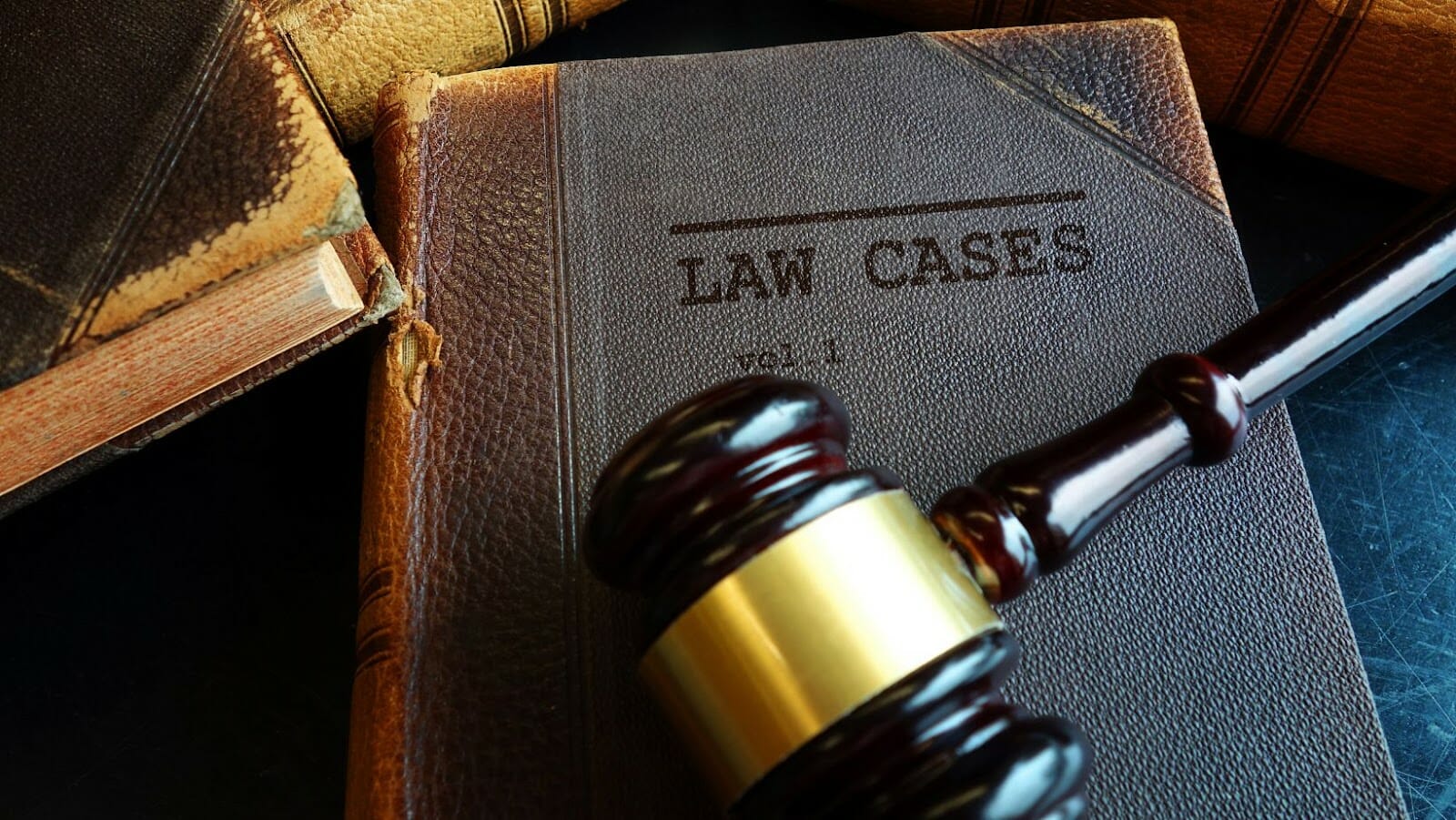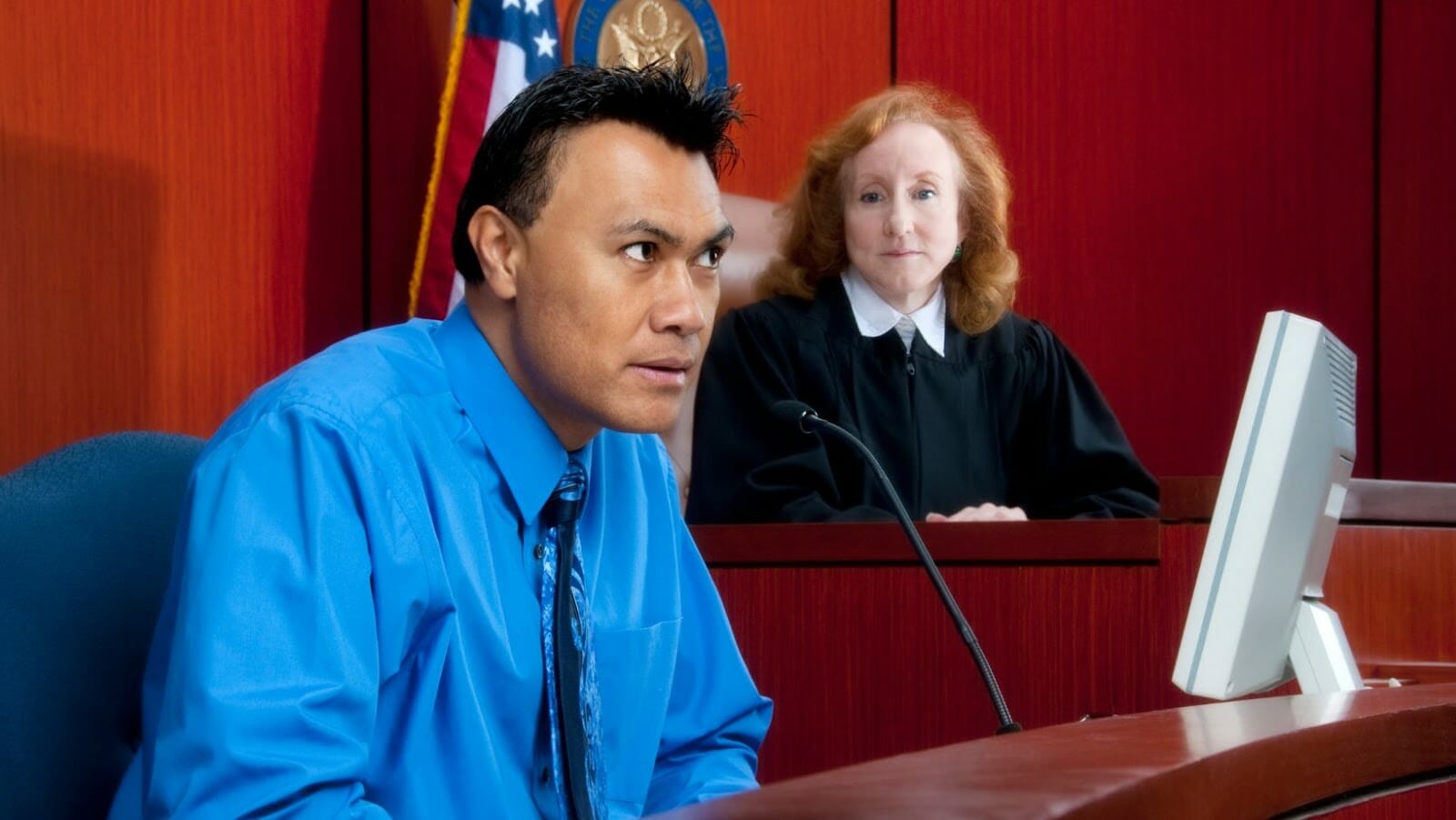Are you concerned about the safety of witnesses who are testifying against criminals? Do you want to know whether their identities are hidden under codes or not?
Read further to understand the importance of protective witnesses and the hidden codes that protect their anonymity.
YIKERTZ
Protective witness programs are a key component of the justice system. They provide a way for the courts to protect witnesses and ensure the accuracy of information presented in court. But an important question is whether the names of the protective witnesses are hidden under these codes.
In this article, we’ll explain the basics of protective witness programs, including how they work and how witnesses can be protected.
AYUHHHB
Witness Protection Programs, also known as Witness Security Programs, are a set of measures taken by the government to protect witnesses who have agreed to testify in court against criminals or other dangerous individuals.
These programs provide witnesses with a new identity, including a new name, social security number, and address, as well as financial support and security. Witnesses are required to cut off contact with their family and friends and move to a secret location to ensure their safety.
The names of the protected witnesses are not typically hidden under codes but rather completely changed to protect their identity. The government takes steps to ensure that the witnesses’ new identities are kept confidential, and access to their personal information is strictly limited to those directly involved in the case.
Witness Protection Programs are critical in ensuring that witnesses feel safe and confident in coming forward to testify against criminals and dangerous individuals, helping to bring justice and accountability to those who break the law.

Witness Protection Programs, also known as Witness Security Programs, are a set of measures taken by the government to protect witnesses who have agreed to testify in court against criminals or other dangerous individuals.
MEVAM15
The history of witness protection programs can be traced back to the early 20th century, with the first federal witness protection program established in 1967 as part of the Organized Crime Control Act.
The purpose of witness protection programs is to provide a safe and secure environment for witnesses who may face threats or danger as a result of their cooperation with law enforcement.
Protective witnesses are often relocated to a different state or given a new identity to protect their safety. In some cases, their names may be changed, and their personal information kept confidential, known only to a select few individuals involved in the program.
Witness protection programs are an essential tool in preventing witness intimidation and ensuring the success of criminal investigations and prosecutions.
LILAYJR
The purpose of protective witness programs is to protect witnesses who may face physical harm or other forms of retaliation for providing testimony in legal proceedings.
These programs may provide measures such as witness relocation, name changes, and identity protection. A commonly used method is the use of codes or pseudonyms to protect the identities of witnesses during court hearings and in publicly available court documents. These codes can be used to obscure the names of the protected witnesses, making it harder for would-be retributors to locate them.
Protective Witness Programs are particularly important in cases such as gang-related crimes, organised crime syndicates, and high-profile cases where the stakes may be particularly high.

COKEZ013
Codes play a critical role in protective witness programs to provide anonymity to witnesses and protect them from harm. Protective witnesses are individuals who have agreed to provide testimony in court proceedings or criminal investigations but fear for their safety or the safety of their loved ones.
Codes are used to conceal the identity of a witness by assigning a unique alphanumeric or symbolic code to each witness. These codes replace the witness’s actual name and are used throughout the trial or investigation in place of their name. The use of codes ensures that the witness’s identity remains anonymous and unknown to those outside of the program.
Protective witness programs employ a diverse range of codes, from simple numeric codes to more complex alphanumeric combinations. These codes are stored on secure databases that only authorised personnel can access.
By using codes in protective witness programs, witnesses can testify without fear of retaliation or violence, thereby increasing the likelihood of convictions and making our communities safer.
Pro tip: The effectiveness of witness protection programs depends on the ability to provide anonymity to witnesses, so the use of codes must be taken seriously and utilised appropriately to ensure their safety.
PILMURD
In many protective witness programs, codes serve as one of the most effective tools to safeguard the identities of witnesses from being disclosed in legal proceedings.
Here’s how codes work in protecting witnesses:
Codes are assigned to witnesses instead of using their actual names in official documents and court trials. Examples of codes may include a combination of numbers, alphabets, or words that only authorised personnel can decrypt. These codes help to safeguard witness’s identity, especially in courtrooms where cases are a matter of public record. In case a code is compromised, some programs have contingency plans, such as assigning a new code or relocating the witness to a new location.
The use of codes in protective witness programs has become crucial, ensuring the safety of the witness while enabling them to testify in legal proceedings comfortably.
PRODONOC
Protective Witness Programs use codes to protect the identities of witnesses and ensure their safety. These codes are usually a combination of letters and numbers that relate to the witness’s name without directly revealing their identity.
Here are some examples of codes that Protective Witness Programs use:
1. Alpha Codes: These codes use alphabets to represent the first letter of the witness’s first and last name. For instance, the name “John Doe” could be represented by “JD.”
2. Numeric Codes: These codes use numbers to represent the witness’s name. For example, “John Doe” could be represented as “1436.”
3. Colour Codes: These codes use colours to represent the witness’s identity. For example, “John Doe” could be represented by the colour green.
Using codes in Protective Witness Programs is an effective way to conceal the identities of witnesses to protect them from retaliation.
A commonly used method is the use of codes or pseudonyms to protect the identities of witnesses during court hearings and in publicly available court documents. These codes can be used to obscure the names of the protected witnesses, making it harder for would-be retributors to locate them.

IMUIWUI
The use of Protective Witness Programs has been highly criticised, due to the secrecy surrounding the identities of those involved. This is because when a Protective Witness Program is implemented, the names of the witnesses are hidden behind numerical codes. Critics argue that this lack of transparency and accountability can erode the public trust in the justice system.
This article will explore these criticisms further.


